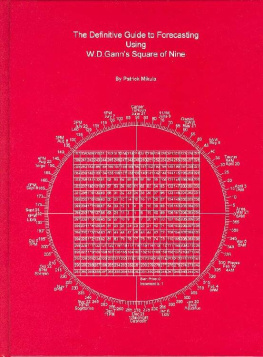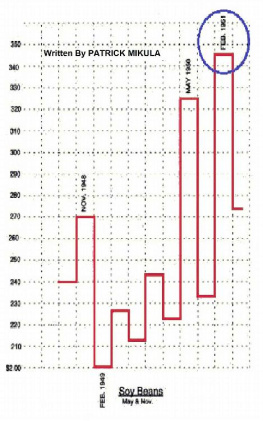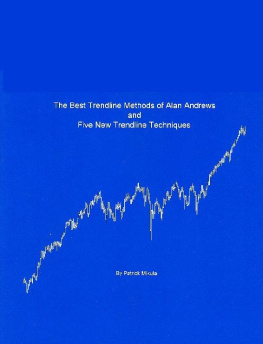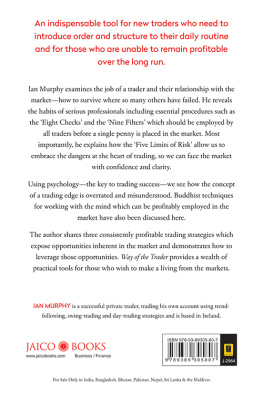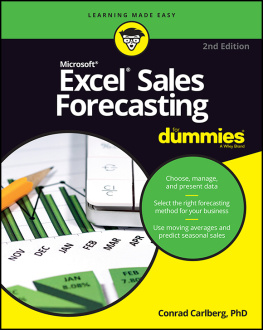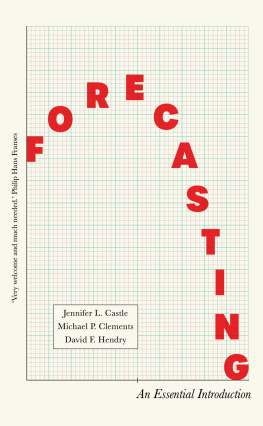Table of Contents
CHAPTER 1:
CHAPTER 2:
CHAPTER 3:
CHAPTER 4:
CHAPTER 5:
CHAPTER 6:
CHAPTER 7:
CHAPTER 8:
CHAPTER 9:
CHAPTER 10:
CHAPTER 11:
CHAPTER 12:
CHAPTER 13:
CHAPTER 14:
CHAPTER 15:
CHAPTER 16:
CHAPTER 17:
Appendix 1:
Legal Disclaimer and Copyright

Written by: Patrick Mikula CTA
Mikula Forecasting Company
P.O. Box 152672
Austin, TX 78715-2672
USA
http://www.mikulaforecasting.com/
The Definitive Guide to Forecasting Using W.D.Gann's Square of Nine
Copyright:
Revised eBook Version:
Copyright 2012 by Patrick Mikula All Rights Reserved
ISBN 978-0-9650518-9-7
eBook Version:
Copyright 2011 by Patrick Mikula All Rights Reserved
Original hardcover version
Copyright 2003 by Patrick Mikula All Rights Reserved
First Edition
ISBN 0-9650518-6-2
Copyright Notice:
No part of this book may be reproduced without written permission from the publisher. No part of this book may be reproduced, stored in a retrieval system, or transmitted in any form or by any means, photocopying, electronic, mechanical, or otherwise, without the prior written permission of the publisher.
Legal Disclaimer:
Important Notice:
No claim is made that the trading methods or ideas in this book will result in profits and will not result in losses. The contents of this book are not guaranteed to produce profits. Commodity futures or stock trading is a risky business and may not be suitable for all recipients of this book. Although the financial correlations contained in this book have been reliable in the past there is no guarantee by the book's author or distributors that they will work in the future. Each trader is responsible for his/her own actions in the markets, if any. The contents of this book are not, and should not be considered as an offer to buy or sell any commodity or futures contract or stock. Purchase of this book constitutes your agreement to this disclaimer and exempts its author and distributors from any liability or litigation.
End
Chapter 1: Introduction to W.D.Ganns Square of Nine
W.D.Gann was a financial advisor and trader in the stock and commodity markets during the first half of the 20th century. In the 1920s, W.D.Gann developed the Square of Nine as a financial tool for trading and forecasting. The methods for using the Square of Nine were taught by W.D.Gann in his private financial seminars and later in his written trading courses. This book shows every major technique for forecasting using the Square of Nine. In referring to the Square of Nine, W.D.Gann also used the names "Odd Square" and "Master Price and Time Calculator." This book uses only the name Square of Nine. Figure 1 on the next page shows a basic Square of Nine.
On Figure 1, there are two sets of numbers. One set is on the circle around the outside of the square. The second set of numbers is on the face of the square. W.D.Gann placed the outer circles 0 mark at the center right and he counted the degrees counter clockwise. The numbers on the face of the square move clockwise. In this chapter, the numbers on the face of the square are explained first and then the degrees around the outside are explained.

End
Chapter 1 - Construction & Variations of the Square of Nine
W.D.Gann used the words square and cycle when referring to a 360 movement of numbers on the Square of Nine. For example, on Figure 2, moving from 50 to 81 is one 360 movement. Gann called this movement a square or a cycle. However, these two words have double or triple meanings which make an advanced discussion of the Square of Nine confusing. Therefore, this book uses the word, rotation to refer to one 360 movement on the Square of Nine. On Figure 2, the background of each rotation alternates between white and gray. W.D.Gann identified a rotation by the largest number in that rotation. It is the number which always ends the rotation. For example, the rotation which runs from 82 to 121 is identified as the rotation ending on 121 or the rotation of 121.
W.D.Gann made his Square on Nine on graph paper and each number was placed in a graph square. We refer to a square that contains a single number as a cell. On the Square on Nine below, the number 147 is in cell 147.

On the examples of the Square of Nine shown so far, the numbers on the face of the square move in a clockwise rotation. A study of W.D.Ganns private work reveals that W.D.Gann made a few Square of Nine charts which rotated counter clockwise. On this page there are two simple Square of Nine illustrations. Figure 3 on the left, shows the numbers rotating clockwise. Figure 4 on the right, shows the numbers rotating counter clockwise. The majority of W.D.Ganns Square of Nine were made to rotate clockwise. I have studied the Square of Nine rotating in both directions and the results are the same. It does not matter which direction is used. This book uses only the clockwise rotation because this is the direction W.D.Gann used most frequently.

End
Chapter 1 - Odd Square Numbers
On Figure 5, there is a circle around each odd square number. These numbers are 9, 25, 49, 81, 121 and so on. The number 9 is the square of 3, (3x3=9). The next numbers are the squares of 5, 7, 9, and 11. The squares of odd numbers are always aligned through the lower left corners of each rotation. The squares of odd numbers are the last number in each rotation. After the number 9, the Square of Nine moves outward and starts a new rotation which runs from 10 to 25. After 25, the Square of Nine moves to the next larger rotation and runs from 26 to 49. The Square of Nine gets its name from the fact that the first full rotation is complete on the number 9.

End
Chapter 1 - Even Square Numbers
Figure 6 shows a circle around each even square number. Starting on the number 4 and moving upward to the top right corner, all the even square numbers are aligned. These numbers are 4, 16, 36, 64, 100 and so on. The number 4 is the square of 2, (2x2=4). The next numbers are the squares of 4, 6, 8, 10, and continue on. A comparison of the positions of the odd square numbers shown on the previous page, and the even square numbers on this page, shows the odd and even square numbers are opposite each other on the Square of Nine.

End
Chapter 1 - Square Number Half Way Points
On the Square of Nine, the half way points between an even square number and the next higher odd square number are all aligned sloping downward to the lower right corner. For example, the half way point between 64 and 81 is 72.5. The half way point between 100 and 121 is 110.5; the half way point between 144 and 169 is 156.5. Figure 7 shows a line marking the approximate locations of these half way points as they slope downward and right.

